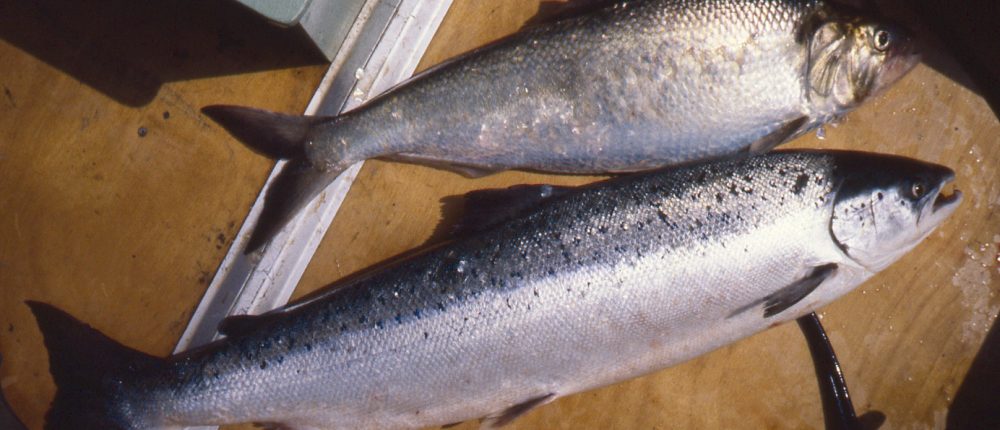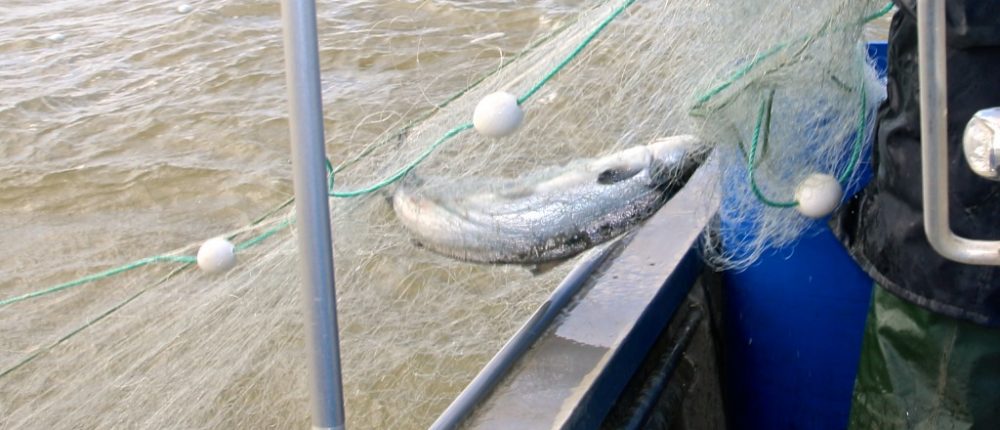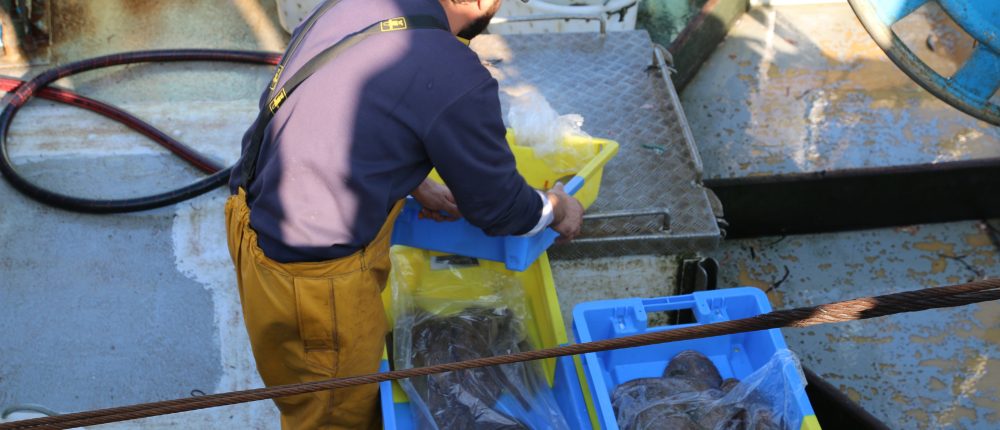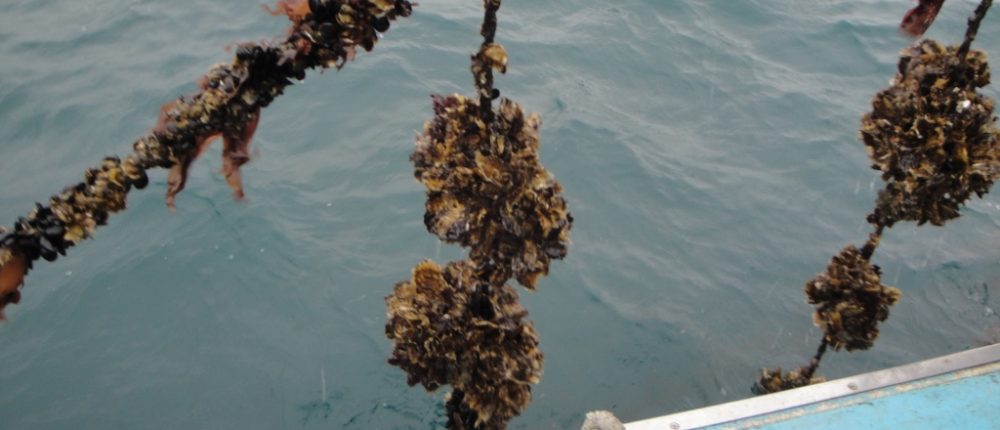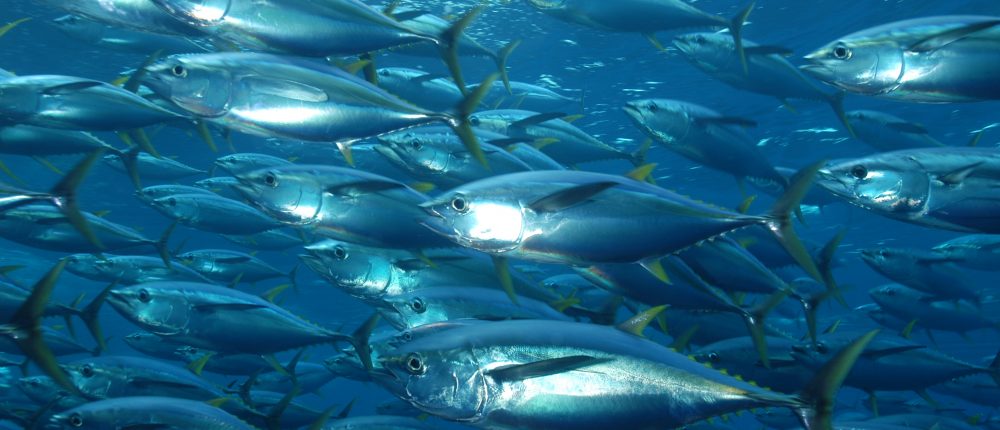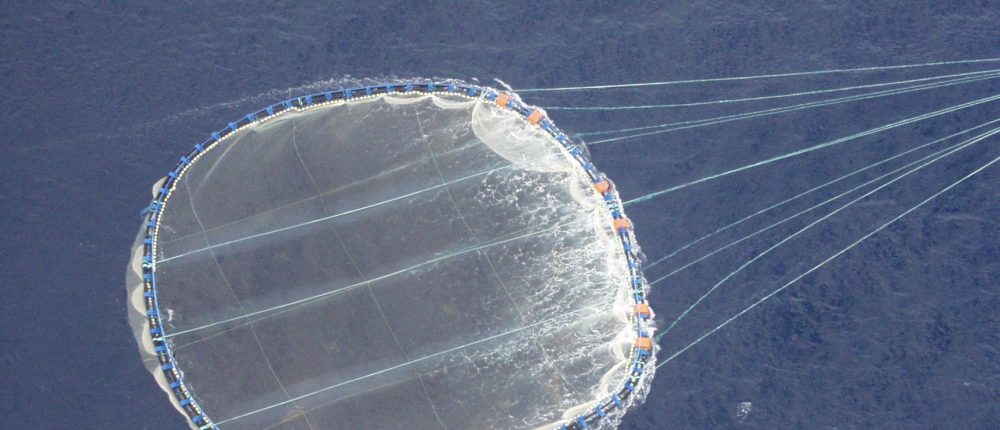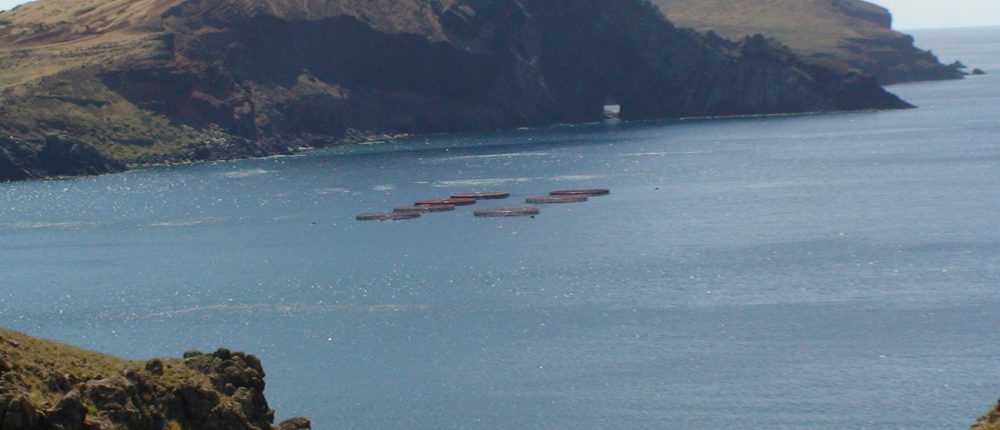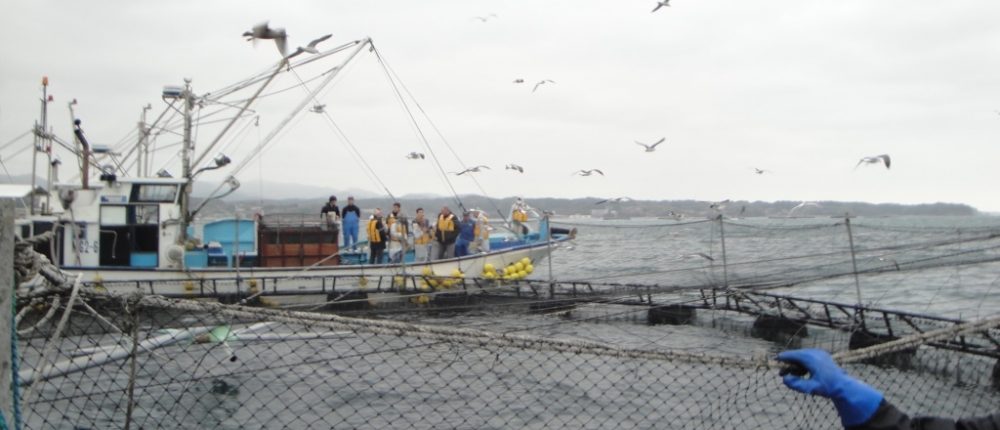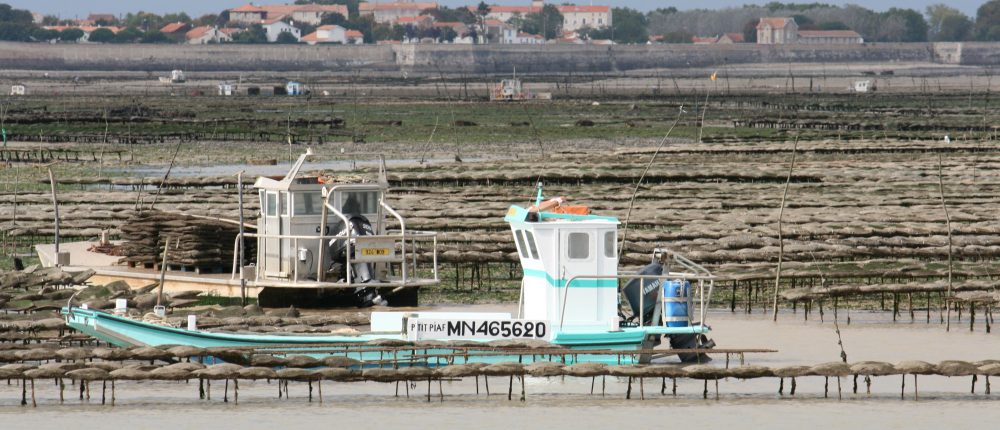Keywords:
- Estuarian and coastal fisheries
- New and traditional aquaculture.
- Restocking, fattening and fishery
Terms of reference: The temperature rise combined with the organic enrichment of coastal waters (and bay sheltered areas) can (i) reduce species productivity, which supports economical activity as inshore fishing activity and (ii) increase the frequency of epizootics detrimental to the development of aquaculture or tourism activities. Acidification of marine waters may also have a direct impact on the development of shellfish species or crustaceans and more broadly on the specific composition of trophic chains. That session is dedicated to living resources and their management. For fisheries, we will try to show how the fishing industry can adapt to the factors of change (change of biocenosis, fluctuations in abundance), taking as an example emblematic species such as bluefin tuna, eel or amberjack in Japan, but not limited to. For aquaculture, there will be a link between the quality of the environment and the productivity of the cultivated species, the impact of global change on production cycles, the frequency of epizootics, fluctuation in spat collection and spat mortality. Efforts will be made to identify new forms of production such as those linking fishing and restocking (eg. amberjack or eel for example) or fisheries and aquaculture (eg. bluefin tuna or amphihalin fish).
N. Susperreguy – Marine Mucilage
Work Environment of fishers Takahasi/Le Roy
F. Lagarde and M. Hori – Integrated Ecosystem Management
Y. Koike and T. Seki – Adaptation of culture techniques
M. Hakateyama – Restoration support for the tsunami hit oyster farming
